Reporting at the meeting, Deputy Minister of Finance Do Thanh Trung said that as of May 31, 2025, the country's disbursement of public investment capital reached 24.1% of the plan assigned by the Prime Minister . Of which, 9 localities under Working Group No. 01 reached 26.7% of the plan assigned by the Prime Minister, higher than the national average.
Currently, 6 localities have disbursement rates reaching the national average or higher, including: Hue (41.2%); Binh Dinh (36%); Khanh Hoa (30%); Ninh Thuan (27%); Binh Thuan (24.6%); Da Nang (24%). Three localities have disbursement rates below the national average: Quang Nam (21%); Quang Ngai (20%); Phu Yen (13%).

However, according to reports from localities, the actual cumulative disbursement of Quang Ngai reached 26.4%, Quang Nam reached 26.3%, Phu Yen reached 17.8%. Thus, among the 9 localities under Working Group No. 01, Phu Yen province has the lowest disbursement result compared to the national average.
For ODA projects, some projects are slow to disburse because they are adjusting the investment policy to adjust the total investment due to increased compensation costs. After the arrangement, it is necessary to register the adjustment of the person signing the ODA capital withdrawal application to continue the capital withdrawal procedure.
Many projects are being implemented but are stuck in compensation and site clearance, focusing on determining the origin of the land and determining the land price. People have not agreed on the compensation and resettlement plan. Therefore, localities are facing difficulties in building land price lists due to the merger of provincial administrative units according to the provisions of the 2024 Land Law...
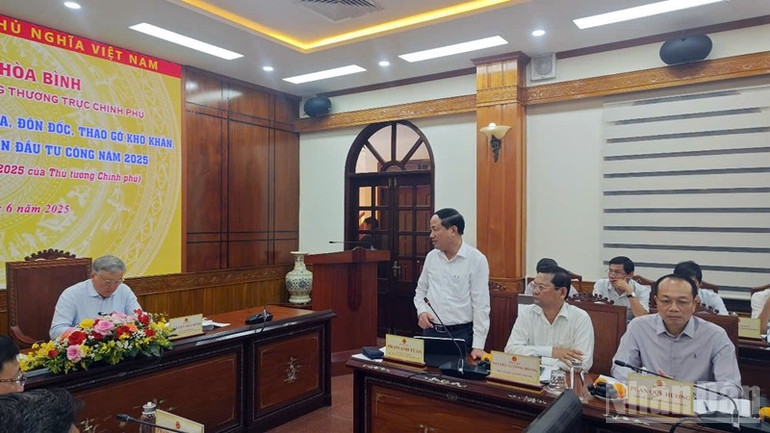
At the meeting, leaders of Binh Dinh, Hue, Da Nang, Quang Ngai, Phu Yen, Khanh Hoa provinces... presented reports and proposed recommendations to remove difficulties related to the disbursement rate of public investment capital, financial capacity, construction, bidding, land valuation, compensation and resettlement support... In particular, delegates emphasized the importance of effectively using capital sources and optimizing disbursement to ensure uninterrupted implementation progress.
Speaking at the meeting, Deputy Prime Minister Nguyen Hoa Binh highly appreciated the disbursement rate of the provinces which is higher than the national average, but should not be satisfied, because after 6 months it has not reached 30%, therefore, the target of completion from now until the end of the year is very difficult, requiring localities to be more determined to complete the target.

Permanent Deputy Prime Minister Nguyen Hoa Binh inspects the implementation of key transport projects in Binh Dinh
Currently, some localities have done well, but we need to focus on allocating disbursement and removing bottlenecks in site clearance. We are trying to create economic space, the main artery is traffic infrastructure and we need to set out the overall unified economy, especially the concentration of resources, mobilizing the political system to participate, all levels must strive to complete.
In addition to the projects being done, focusing on the projects to be done, national and provincial projects, projects invested by districts, or stopped or continued, must still maintain disbursement. The Deputy Prime Minister proposed maintaining the current management board and converting it into a commune-level management board to solve existing problems and ensure disbursement.
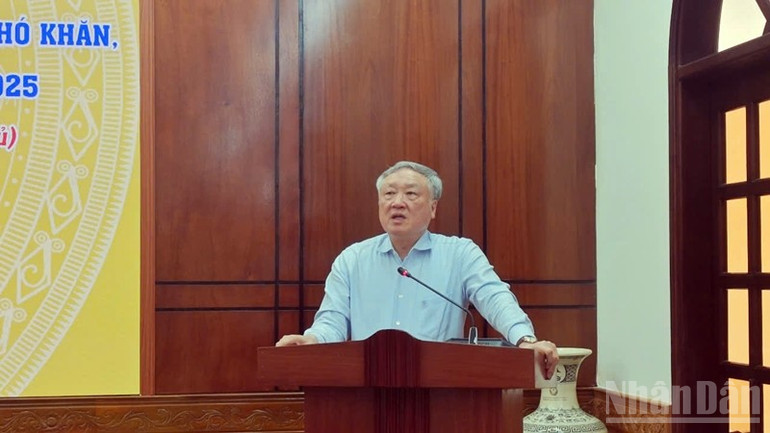
From July 1, as soon as the commune-level government apparatus is completed, it will be put into operation immediately, without interrupting public services for the people. Currently, all tasks are decentralized to localities, giving them more, being more proactive. However, there are still many bottlenecks, so it is recommended that localities take the initiative to implement, because now everything has been assigned to the province, so the locality decides, does and is responsible, and does not need to go to higher levels anymore.
At first, the operation of commune-level government may not be smooth, so the Government has built 3 response mechanisms for localities regarding functions, authority, procedures, documents, etc.
The first is to build a virtual assistant technology platform, applying science and technology to administrative management to solve problems;
Second, all ministries and branches form a hotline to resolve those difficulties;
Third, within a certain period of time, localities will gather together to find problems and report to the steering committee for implementing Resolution 11 of the Government to find solutions.
In the coming months, the Government will review and remove difficulties for projects and report back to localities. The goal is to speed up disbursement, contributing to promoting economic growth and solving social security issues, the Deputy Prime Minister emphasized.
Source: https://nhandan.vn/thao-go-vuong-mac-day-nhanh-giai-ngan-von-dau-tu-cong-nam-2025-post885263.html








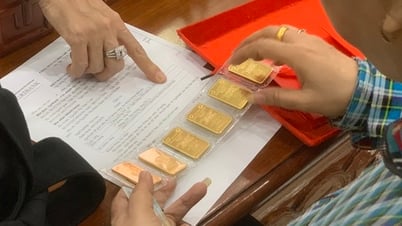

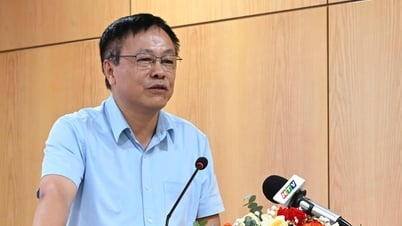










![[Video] Modern Journalists Use AI Properly: Lessons from an American News Agency](https://vphoto.vietnam.vn/thumb/402x226/vietnam/resource/IMAGE/2025/6/19/13d3520a1db54053952ee79023861c27)
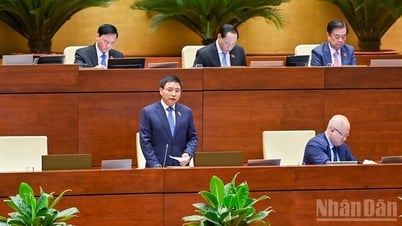


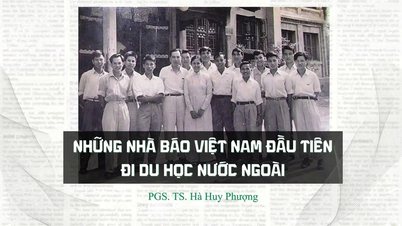














































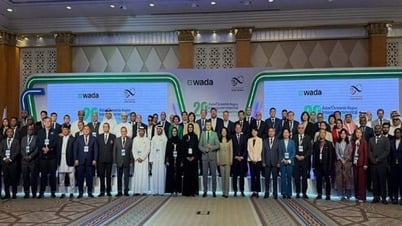


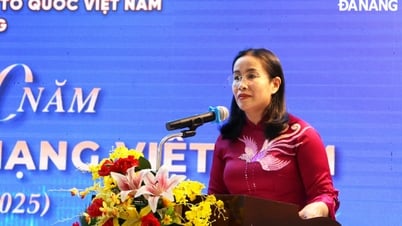
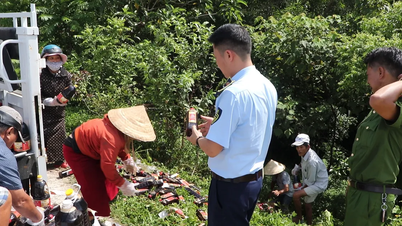

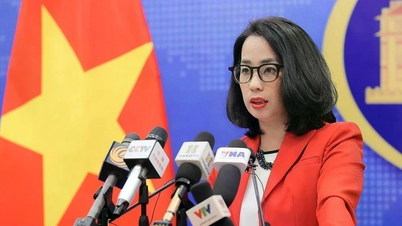

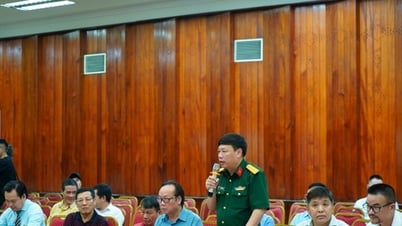












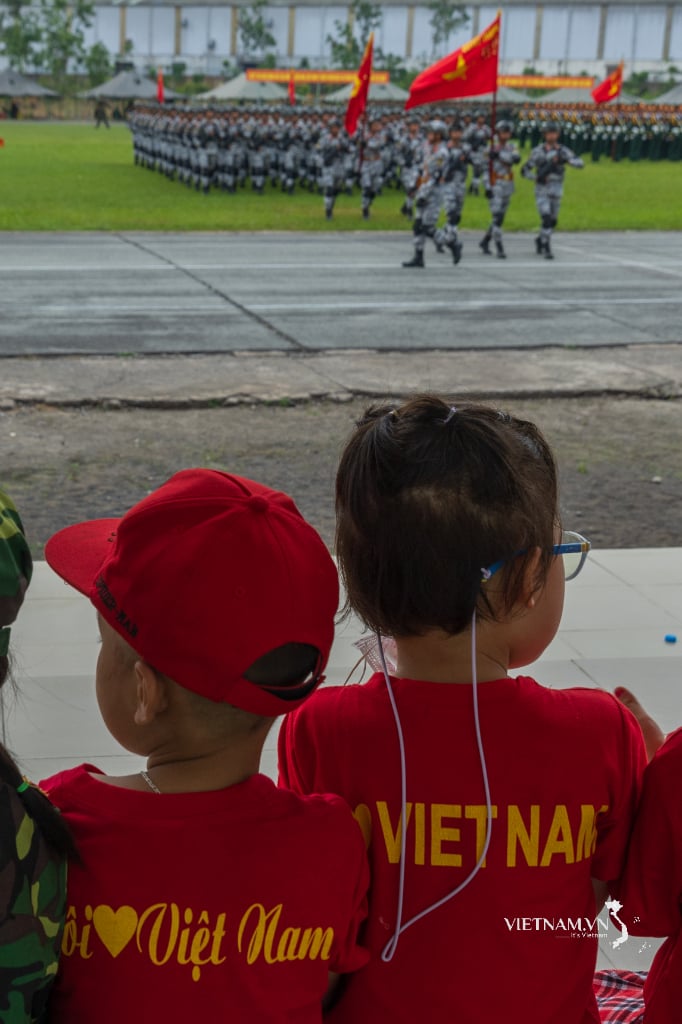



Comment (0)